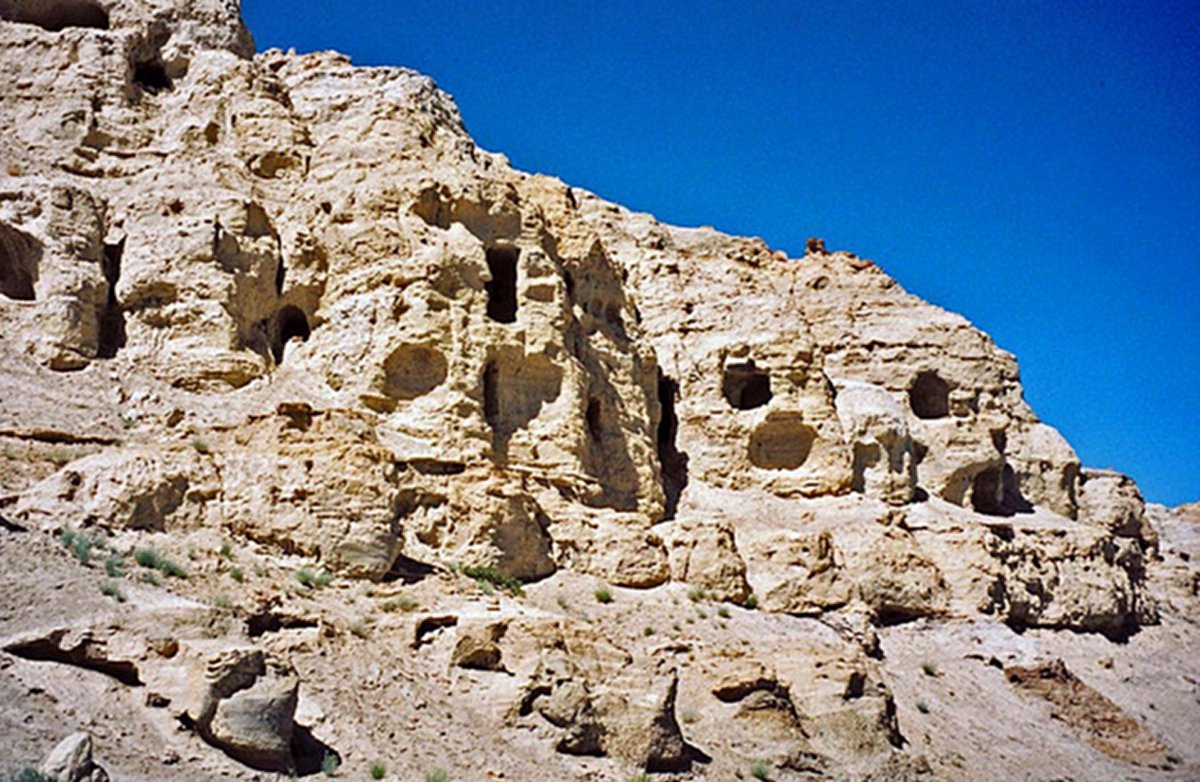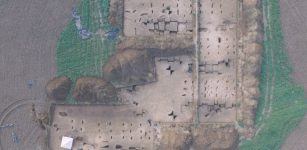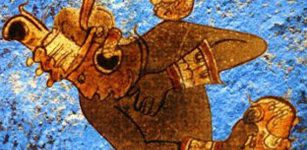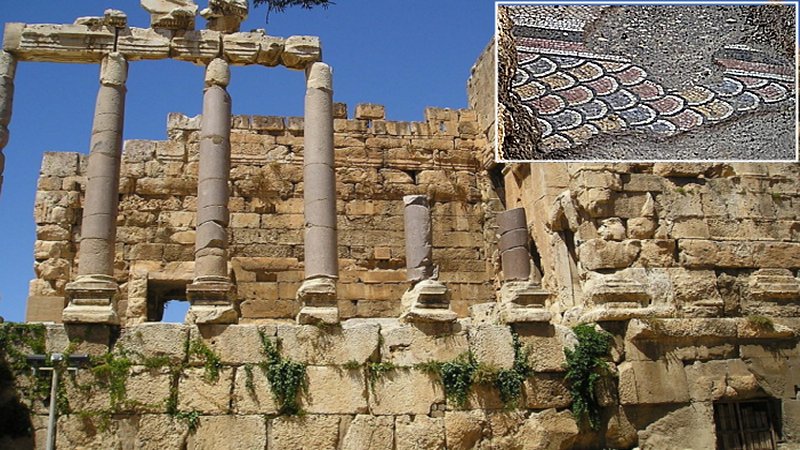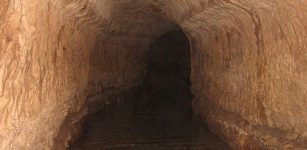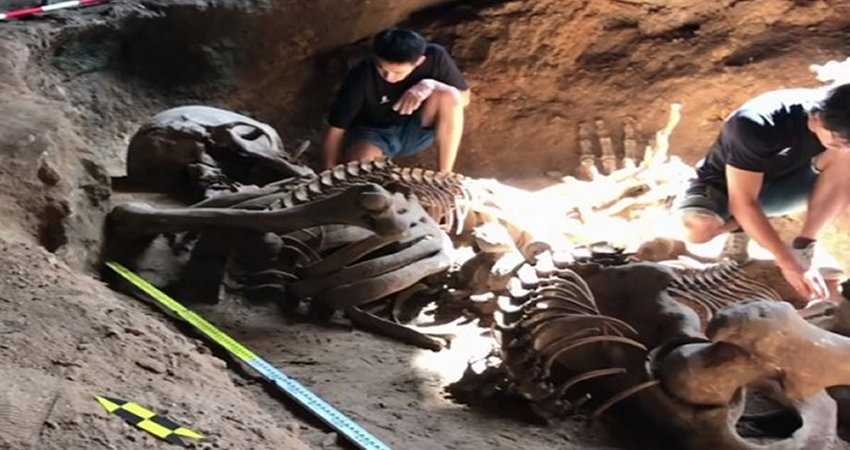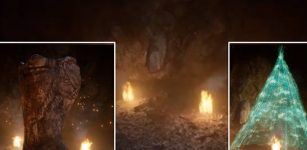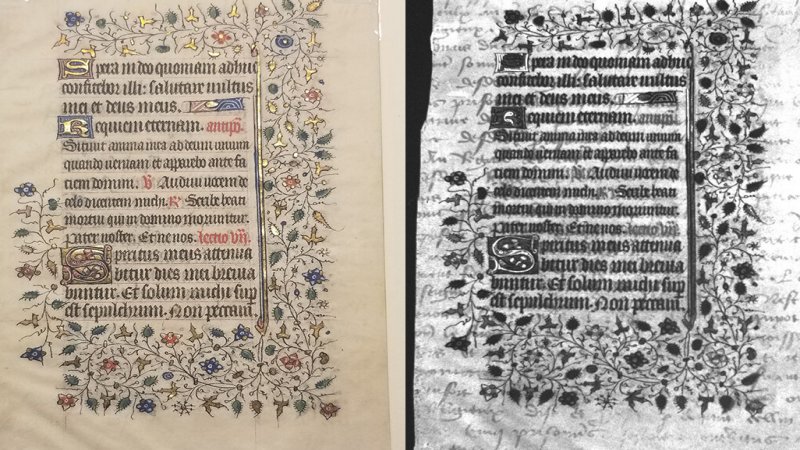Ancient Secrets Hidden In The Piyang Caves – Near The Sacred Mount Of Kailash
MessageToEagle.com – Mysterious sacred caves in Tibet keep many secrets about the past and present and they are often inaccessible to ordinary tourists.
Among them, there are Piyang caves, one of the most important caves of Tibet, situated in the western part of plateau in a close vicinity of the sacred Mount of Kailash.
“At Piyang there are “over 1,100 caves of varying shapes and sizes, some are clearly habitation sites, while others are probably meditation caves, and still others have ritual architecture within them,” according to the American archaeologist, Mark Aldenderfer, Professor at the University of California who has worked on the world’s three high plateaus—Ethiopia, the Andes, and Tibet.
Excavating the caves in the restricted area of Piyang in cooperation with Chinese archaeologists, Aldenderfer made comments on archaeology in China, saying that “excavation is often little more than the attempt to demonstrate the veracity of documentary sources.
When conflicts arise between the sources, archaeology tends to be ignored.”
“Because knowledge of ancient Tibetan Buddhism is so scant,” Mark Aldenderfer said, “I felt fortunate to collaborate with Huo Wei and Li Yongxian, archaeologists from the department of history at Sichuan Union University in Chengdu, in excavations at Piyang, an important Buddhist temple in western Tibet built late in the tenth century A.D.
“To my knowledge, it is the first such collaboration between Chinese and Western archaeologists in Tibet.”
Piyang caves are not the only place for exploration in Tibet. Many other similar cave complexes are scattered across the mysterious plateau. Some are created by nature, others are of artificial origin but definitely all of them – are very old.
Humans inhabited the Tibetan Plateau at least 21,000 years ago, so there must be plenty of very old artifacts and ancient relics hidden in the Tibetan caves, tunnels, dark subterranean passages and other mysterious areas, of which many have not even been localized.
Some of Piyang can be still considered as places of habitation, while others are possibly used ritually or serve as meditation places governed by gods and spirits.
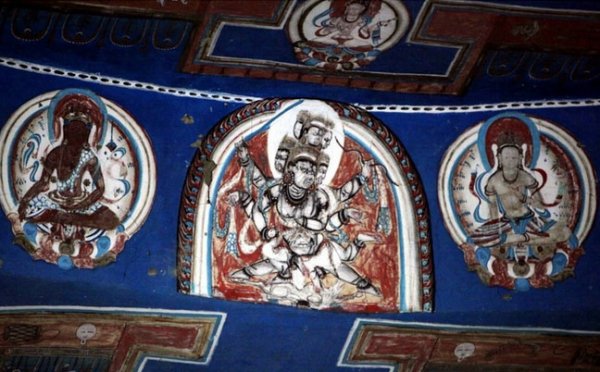
Many temples have been built in their vicinity and the whole region is sacred. There are prehistoric castle walls, murals, sculptures, pagodas and Buddhist niches covered with priceless paintings.

But no one knows where all ancient scriptures, historical paper scrolls and prehistoric books are really hidden. The region Piyang, covering an area of 10,000 square meters, is extremely difficult to explore.
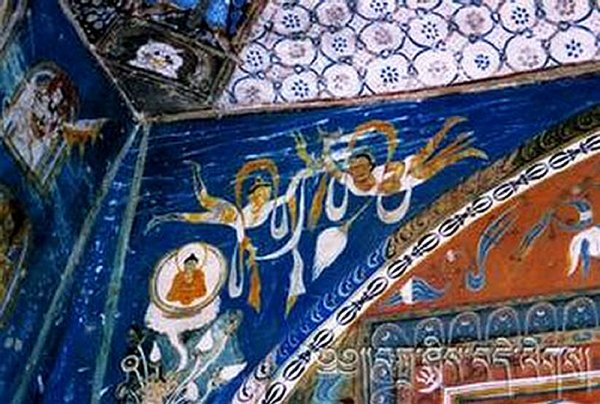
See also:
- Unanswered Questions Related To The Mysterious Huashan Caves
- Mystery Of the Panxian Cave – How Could Gigantic Animals Reach A Mountain Cave Located Over 1600m Above Sea Level?
- Yungang Grottoes: Marvellous Example Of Ancient Buddhist Rock-Cut Architecture
According to Mark Aldenderfer, “we are only beginning to understand the true importance of caves in Tibet’s sacred geography. To make useful comparisons to cave use in other regions of the world will require much more research into their multiple roles…”
At the same time, it requires much effort and trouble to conduct any research in the area being considered as sacred.
Once many caves were pilgrimage destinations but today the prehistoric Donggar and Piyang caves remain closed to the public.
The Piyang caves are still full of secrets….
Copyright © MessageToEagle.com. All rights reserved. This material may not be published, broadcast, rewritten or redistributed in whole or part without the express written permission of MessageToEagle.com



